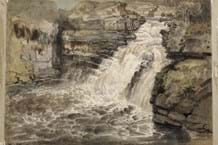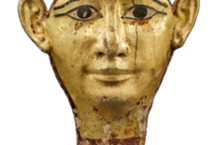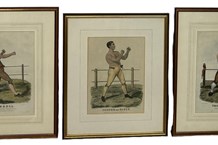The government will soon begin consulting with the art and antiques sector on the ivory trade in the UK. Following ATG’s Seminar on CITES and weeks after James Lewis, director of Bamfords, declared his Derbyshire auction house would no longer sell solid ivory (ATG No 2266), we test the trade’s resolve on the matter.
Q Will you give up selling objects with ivory?
YES
James Rawlins, The Armoury of St James’s, Piccadilly Arcade, London
“We have a choice of buying a range of items and although I have bought and sold items such as an ivory-hilted sword in the past, I now will choose not to buy ivory.
“When a customer is buying an antique, the issue of ivory is another reason for them not to buy. There is no point in making the decision more difficult.
“Ivory is an added obstacle and we don’t need the hassle. I don’t want to put buyers in an awkward position and for American buyers especially there are export issues.
“An added problem is that there seems to be no clearly defined rules around trading in antique ivory.
“We may possibly consider buying something that had some element of ivory – if it were very special – but for an ordinary item it is simply not worth the risk.”
NO
Claudia Hill, portrait miniatures dealer, Ellison Fine Art
“So long as it is legal for me to trade in portrait miniatures, I will do so.
“It is important to note that museums and collectors do not buy portrait miniatures because they are painted on ivory per se. Ivory was not used as a medium because it was seen as a valuable commodity but rather because the material gave miniatures a sense of illumination and translucency.
“In the 18th century, Venetian artist Rosalba Carriera introduced the idea of painting miniatures on ivory to simulate the translucence she achieved with her pastel portraits, and other miniaturists were quick to follow her lead.
“So the value of the ivory portrait miniature lies in the beauty of the depiction. They are also recognised as tokens of affection from a bygone era and therefore a small record of a moment in time.
“We are preserving the past for the future by preserving portrait miniatures and so I will continue to do my part in keeping this past alive.”












